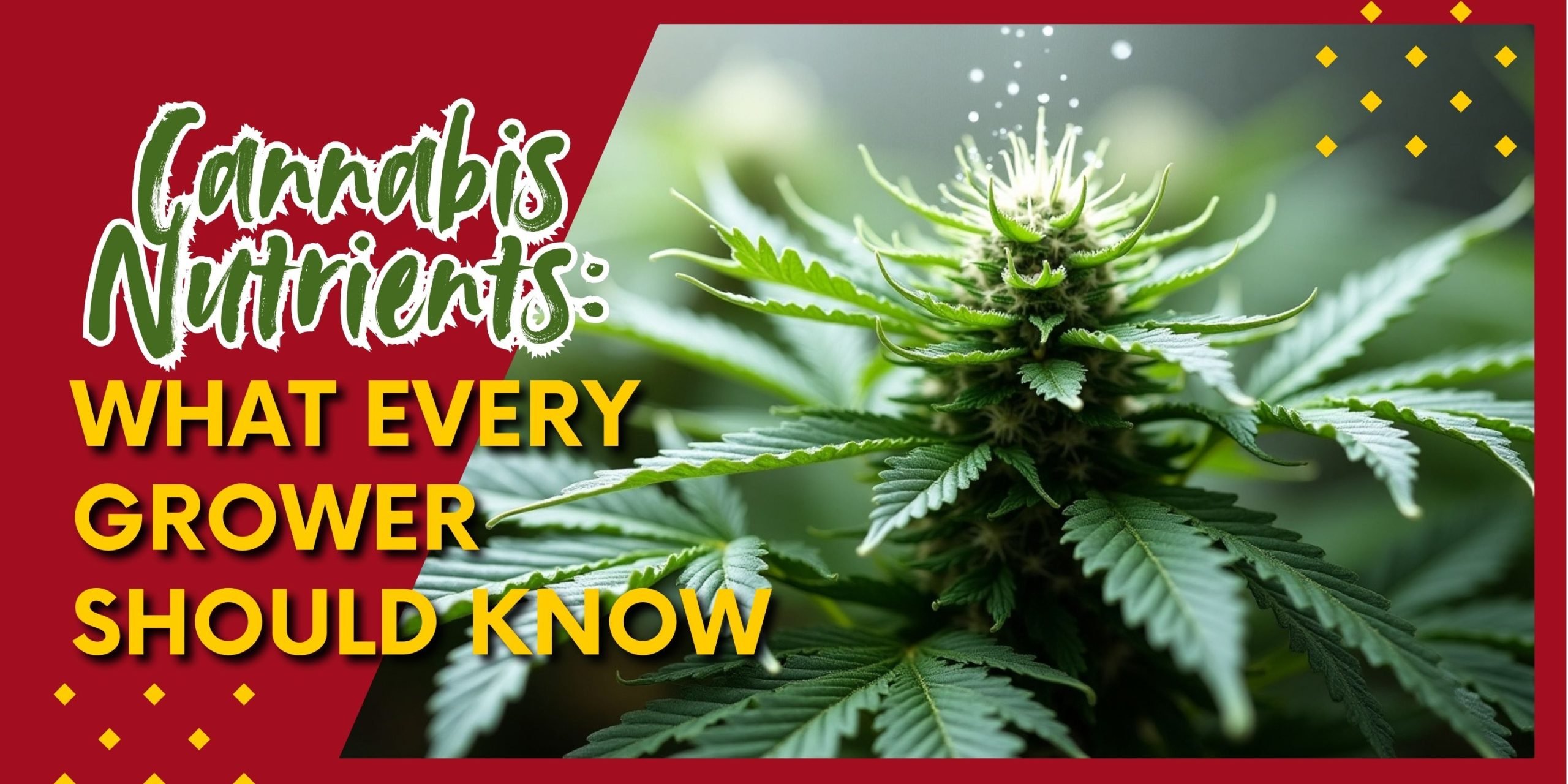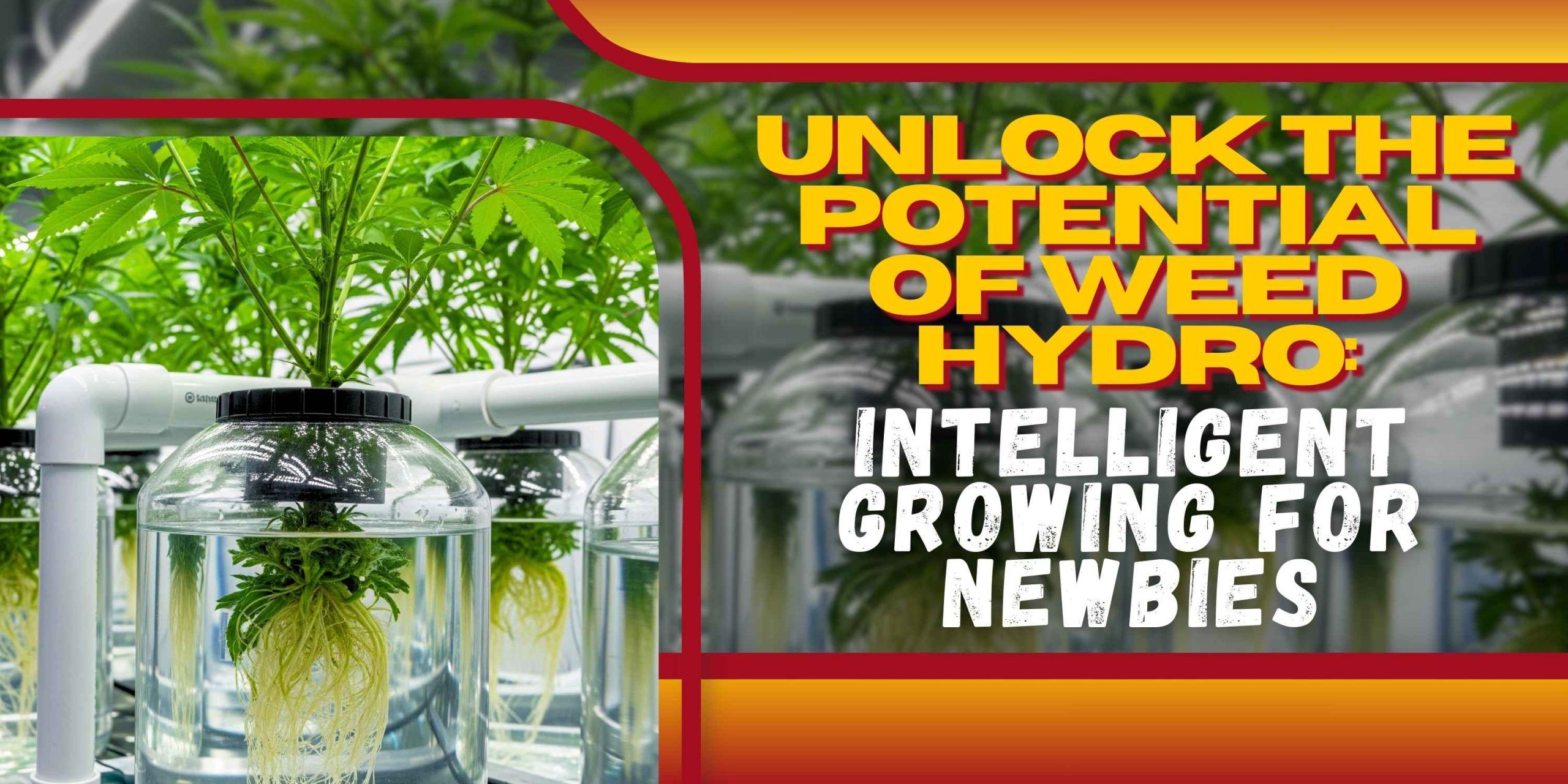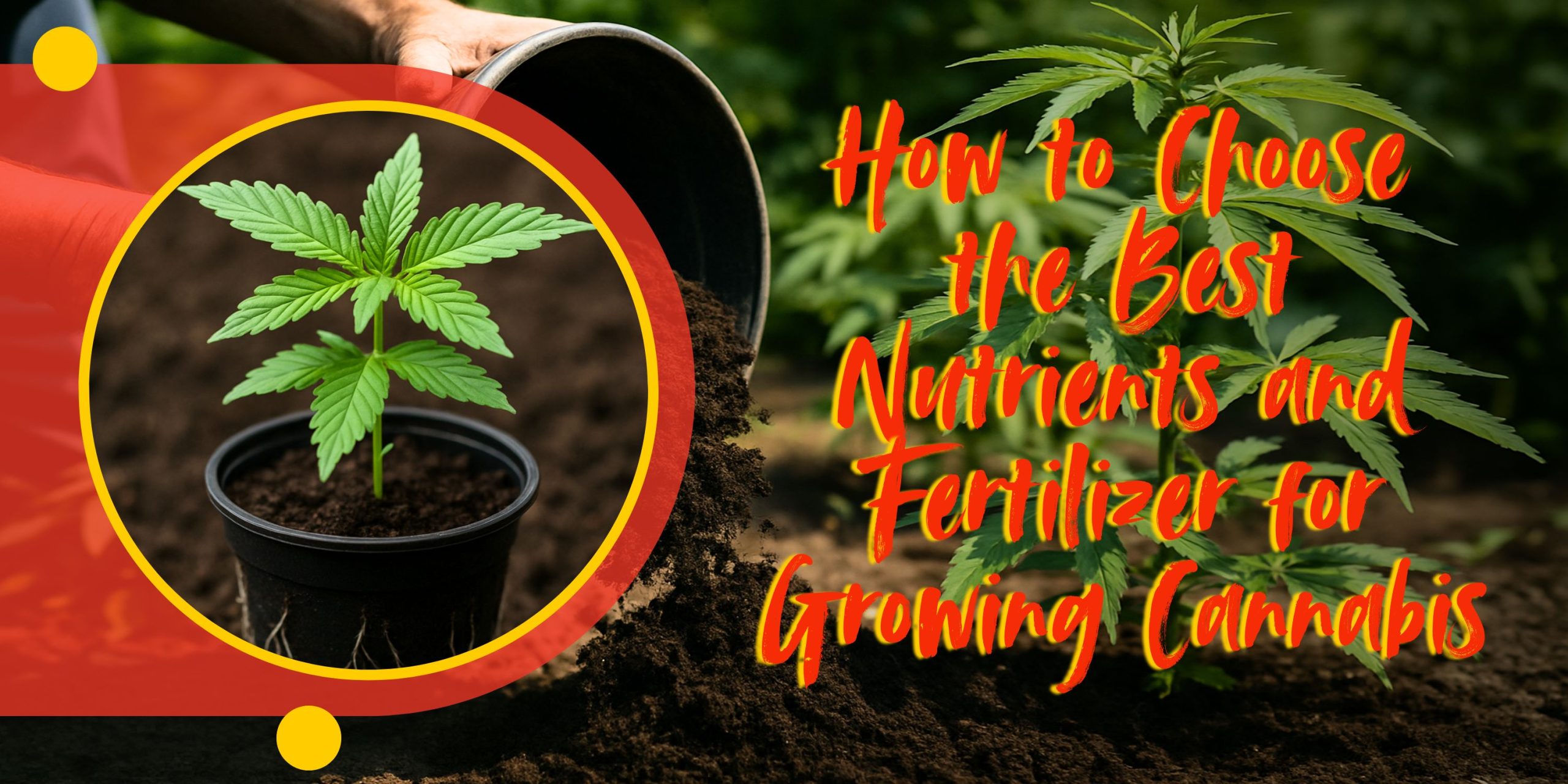Cannabis plants require more than light and water—nutrition dictates the health, potency, and yield of plants. Indoor, outdoor, soil, hydroponic—having a solid understanding of key cannabis nutrient requirements is essential. In this comprehensive guide, we cover each nutrient that the cannabis plant needs, from the big macronutrients to the minute trace elements, and how to recognize, regulate, and optimize your feeding regimen to grow healthy, resinous plants.
Acquiring Cannabis Nutrient Essentials
Cannabis nutrients have been categorized into macronutrients, secondary nutrients, and micronutrients, all of which are needed for different physiological processes. While macronutrients like nitrogen, phosphorus, and potassium facilitate basic growth processes, micronutrients work as catalysts for enzyme functioning, photosynthesis, and hormone synthesis.
It is important to remember that the nutritional requirements are not set—they are affected by the stage of plant development, environment, and growing medium. Soil buffers and retains nutrients by nature, while hydroponic production needs more regulation because there is no organic matter. Awareness of nutrient interactions and delivery methods enables growers to correct imbalances before they become visible symptoms.
Macronutrients: Foundation of Cannabis Growth
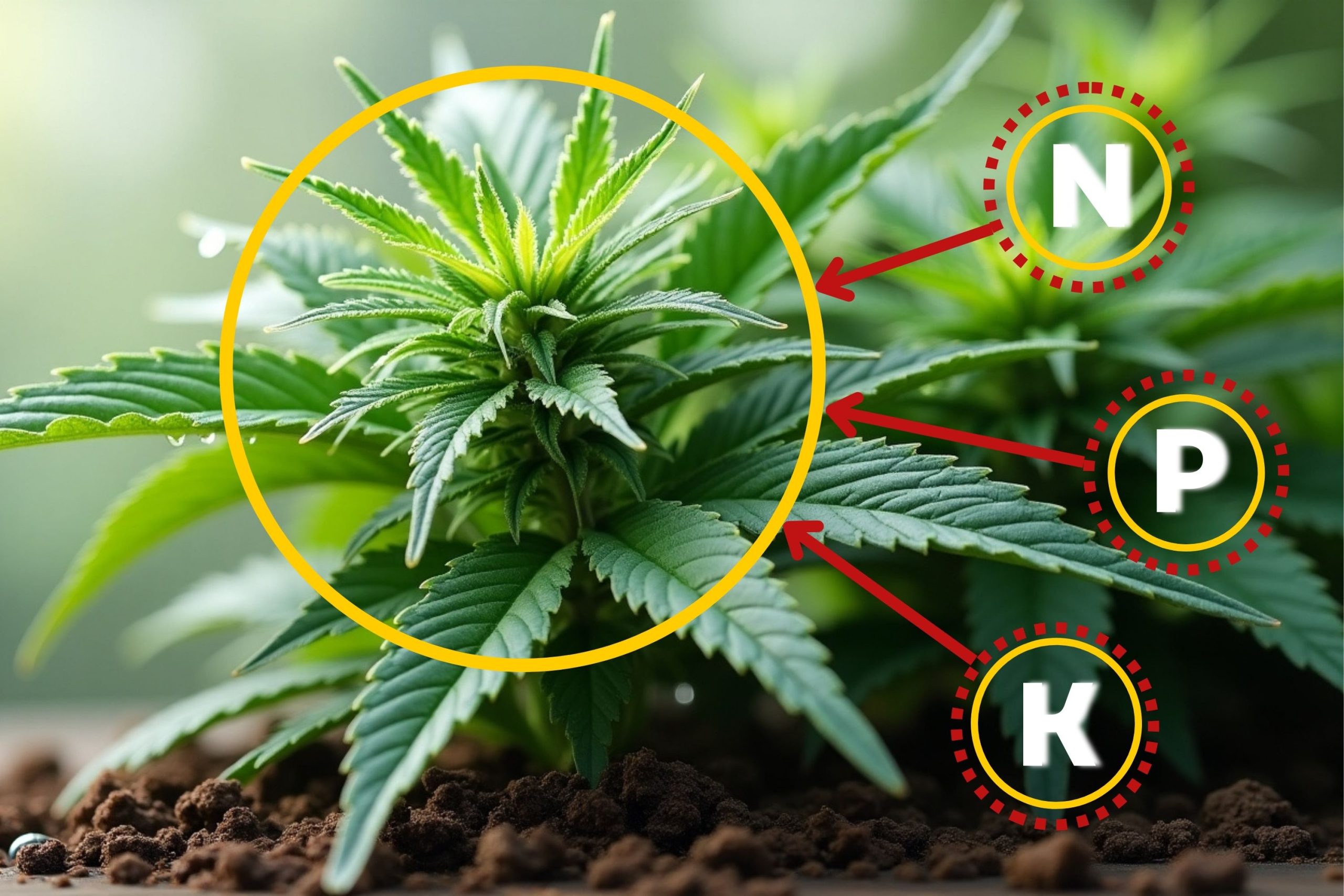
Nitrogen (N)
Nitrogen is important in chlorophyll development and is the major driver of vegetative growth. In addition to aiding in the plant’s photosynthesis, nitrogen permits the development of rooty leaves. During the vegetative stage, huge nitrogen demands from the cannabis plants and deficiencies show themselves as yellowing of lower leaves and stunted growth.
Excessive nitrogen produces dark green leaves and over-development of vegetative growth, delaying flowering and reducing resin production. A perfect balance is needed to keep the momentum going without running into toxicity.
Phosphorus (P)
Phosphorus plays a crucial role in root development, flowering, and energy transfer within the plant. It helps in the formation of ATP (adenosine triphosphate), the cellular energy currency of the plant, and plays a key role in dense bud development.
Phosphorus deficiency manifests as purple or reddish-colored stems and stunted growth. A bloom formula containing high phosphorus is critical to obtain maximum bud density and resin production during flowering.
Potassium (K)
Potassium regulates water uptake, enzyme activity, and carbohydrate synthesis. It is needed for plant immunity development and cell wall rigidity. Adequate potassium guarantees strong stems, robust terpene expression, and large, aromatic buds.
Deficiency appears as curled leaves, browning of leaves, or yellowing leaf edges. Potassium becomes vitally important in flowering to achieve bud weight and quality.
Secondary Nutrients: Structural Integrity Maintenance
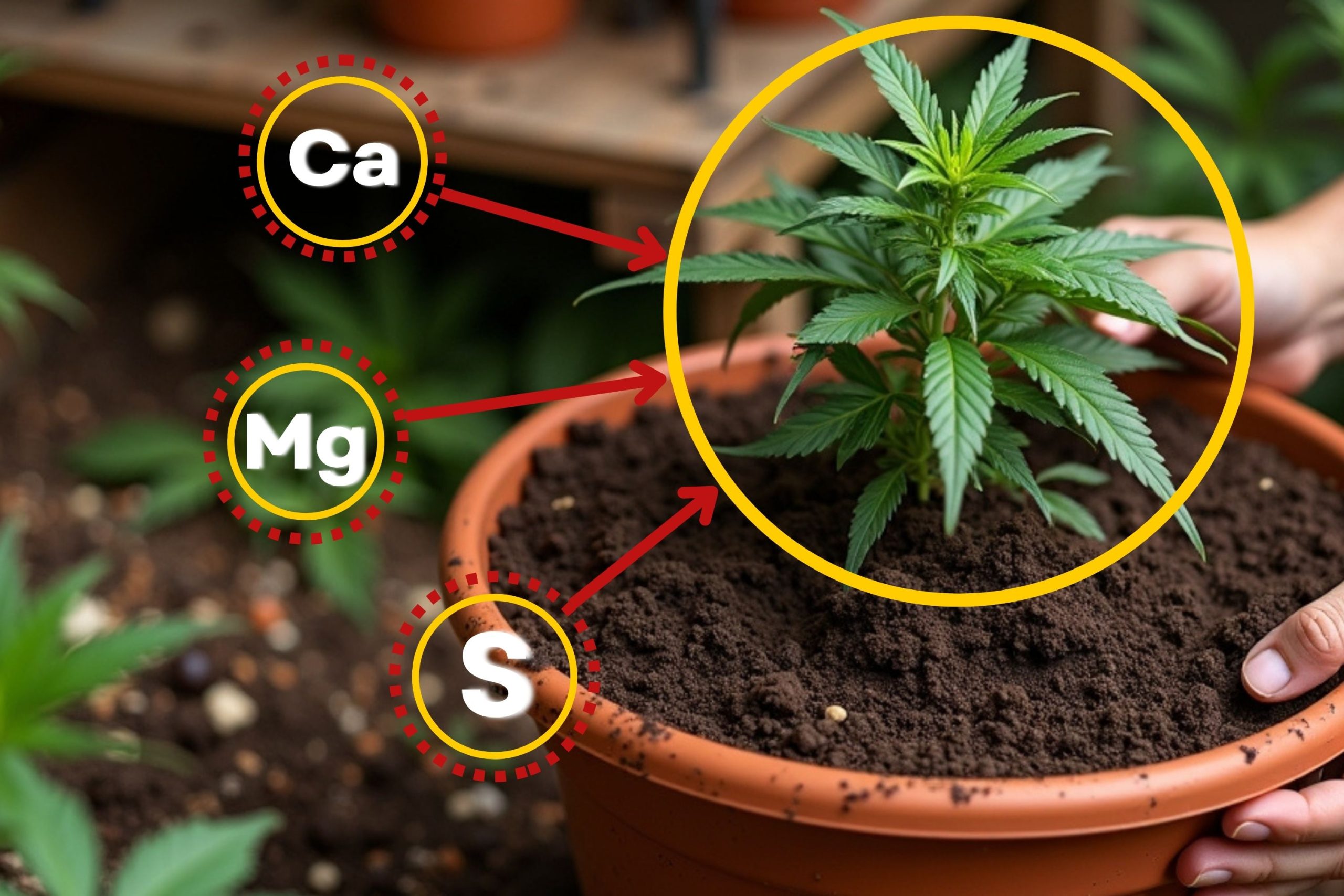
Calcium (Ca)
Calcium plays the role of a binding agent for plant cell walls, imparting strength and growth at the cellular level. It also facilitates root growth, particularly the development of root hairs, which enhances the uptake of nutrients. Deficiency causes tip nutrients burn weed on leaves, distorted new growth, and weakened stems, especially in vigorous hybrids.
In coco coir and hydroponics, calcium must be supplemented regularly, most often with calcium nitrate or Cal-Mag blends. Sufficient calcium also prevents the lockout of other nutrients from unbalanced magnesium or potassium.
Magnesium (Mg)
As the central component of molecules of chlorophyll, magnesium is essential for photosynthesis. Leaves cannot produce energy efficiently without sufficient magnesium, resulting in interveinal chlorosis and premature yellowing of older leaves.
Magnesium mobility is that the plant will take it from lower leaves to support new growth, therefore, deficiencies first show up nearest the base. Adding Epsom salt (magnesium sulfate) as a supplement is common, particularly mid to late veg when the photosynthetic need is at its highest.
Sulfur (S)
Sulfur is involved in the synthesis of some amino acids, vitamins, and enzymes. Sulfur also supports the formation of terpenes, which can have direct consequences on the flavor and aroma of cannabis. Yellowing new growth and growth retardation, often confused with nitrogen deficiency, result from sulfur deficiency.
Because sulfur is a component of so many organic materials, it is often overlooked in artificial feeding systems. But in sterilized hydroponic cultures, specific sulfur supplementation may be critical to the prevention of long-term flower formation problems.
Micronutrients: A Little Used in Great Ways
Micronutrients play vital enzymatic and physiological functions. Although micronutrients are required in small amounts, their absence can lead to significant negative effects. Balanced consumption of micronutrients ensures that plants have healthy leaf coloring, reproductive health, and hormonal balance.
For example, iron is needed for chlorophyll formation and is often omitted during plant growth at high pH levels. Zinc controls plant growth hormones and internode elongation, and boron supports cell architecture and pollination. Manganese and copper contribute to nitrogen metabolism and the prevention of disease. Deficiency in any one of these nutrients will create unnoticeable symptoms but quickly induce system-wide inefficiency if not treated.
Nutrient Requirements by Growth Stage
Cannabis changes immensely from seed to maturity, and its nutritional requirements change along with it. Recognizing these changes enables growers to tailor nutrient delivery for optimal effect.
In the initial vegetative growth, nitrogen is on top. When plants are in the pre-flowering stage, phosphorus and potassium requirements increase to support reproductive activities. During peak bloom, nitrogen declines while phosphorus and potassium are at their peak. All nutrient tapering takes place in the last stage of flowering to induce ripening without residual nutrients in the final product.
Mediums also influence uptake. Soil retains nutrients and is usually able to be fed less often, whereas hydroponics and coco need more constant monitoring of EC levels and adjustments daily to maintain balance.
Feeding Schedules and EC/PPM Management
There should be a strict feeding schedule to prevent over- or underfeeding. Cannabis plants thrive on exact EC (Electrical Conductivity) or PPM (Parts Per Million) levels, depending on the stage. Seedlings such as 400–600 PPM, veg plants 800–1200 PPM, and bloom plants 1200–1600 PPM. Exceeding these values can result in nutrient burn on weed plants or lockout.
Monitoring EC and runoff allows growers to correct, preventing salt accumulation and keeping nutrients available. Logging every feed also creates a path of data, which can reveal strain-specific flavors or environmental stress patterns.
Identifying and Correcting Nutrient Deficiencies
Nutrient deficiencies typically appear as visual indicators, but others are mistakenly diagnosed based on overlapping indicators. Magnesium and iron deficiencies, for example, both show yellowing between the veins but affect different plant areas.
The key to correction is early detection and addressing the cause, most often pH imbalance or nutrient antagonism. Foliar sprays may be a quick fix for some deficiencies, but long-term solutions include rebalancing your nutrient mix and maybe rinsing the medium to flush out excess salt that may be inhibiting uptake.
The most common cause of a deficiency is not the absence of the nutrient but a pH or EC that prevents absorption. This necessitates continuous testing, especially in hydroponic and soilless crops.
The Role of pH in Nutrient Uptake
pH directly affects root availability and nutrient solubility. Phosphorus, for example, is less available at below 5.5 and above 7.0, and iron uptake is impaired in high-pH soils. For soil growth, the perfect balance would be 6.0 to 7.0. For hydroponics and coco, it would be 5.5 to 6.5.
Forcing balance ensures that not only are nutrients available, but also in contact with the plant. Regular pH adjustment and correction with pH Up or Down solutions can prevent a domino effect of deficiencies from ineffective nutrient uptake.
Flushing and Final Nutrient Management
Flushing destroys surplus weed nutrients in the medium and forces the plant to drain internal reservoirs. Flushing upgrades smoke quality, eradicates nasty chemical tastes, and enhances terpene clarity.
Start flushing one to two weeks before harvest using plain water or a flushing solution. Monitor runoff EC to ensure salts are leaving the medium. Flushing is especially important in hydroponic or coco systems since nutrient levels will be higher and buffering capacity less.
Skipping this process can result in bud-heavy plants with nutrients that will weed nutrient burn poorly and leave harsh tastes, making for an otherwise successful crop.
Best Practices for Nutrient Management
- Measure everything: Use calibrated pH and EC meters to guarantee accuracy.
- Adjust for your medium: Coco, hydro, and soil all require varying strength nutrients.
- Watch daily: Fixing minor early signs is easier and less expensive than fixing established problems.
- Mix correctly: Always add nutrients in the correct sequence to prevent precipitation.
- Flush regularly: Even veg and bloom, regular light flushing can prevent salt accumulation.
Nutritional management is closely linked to plant observation and record-keeping. Over the passage of time leads to more precise, strain-specific feeding schedules.


